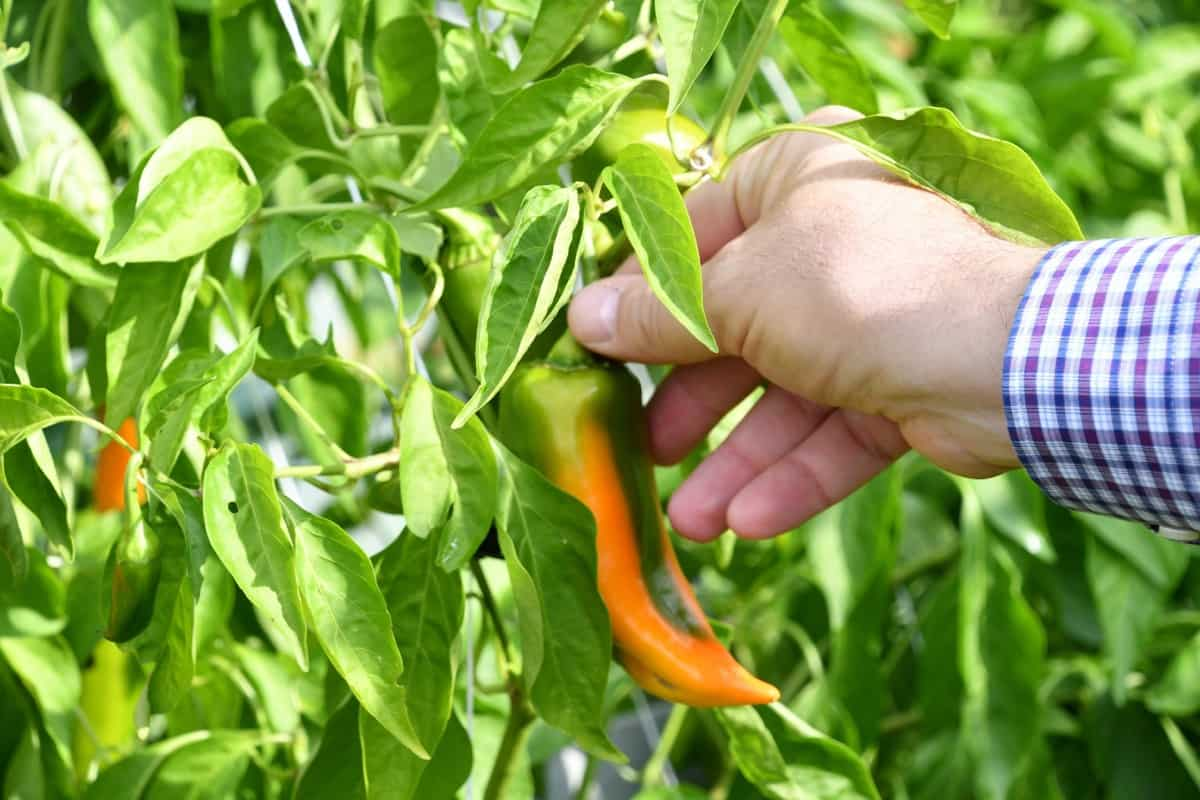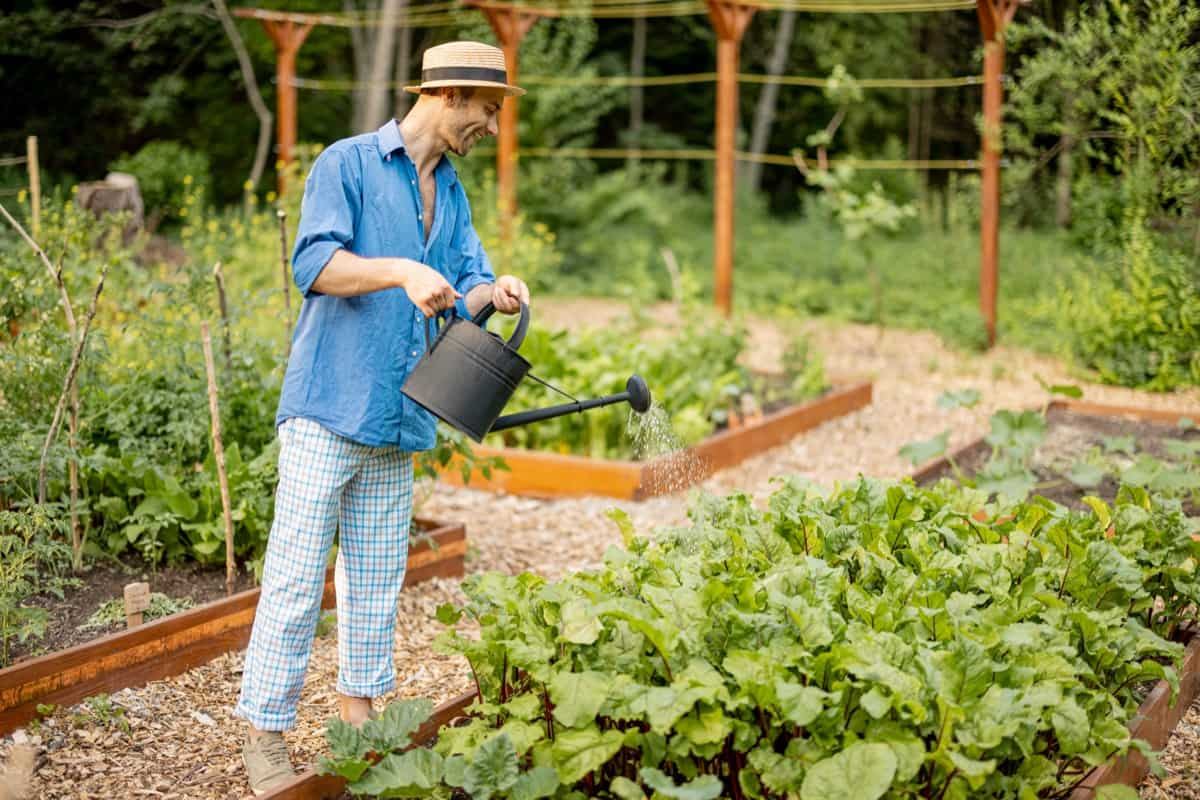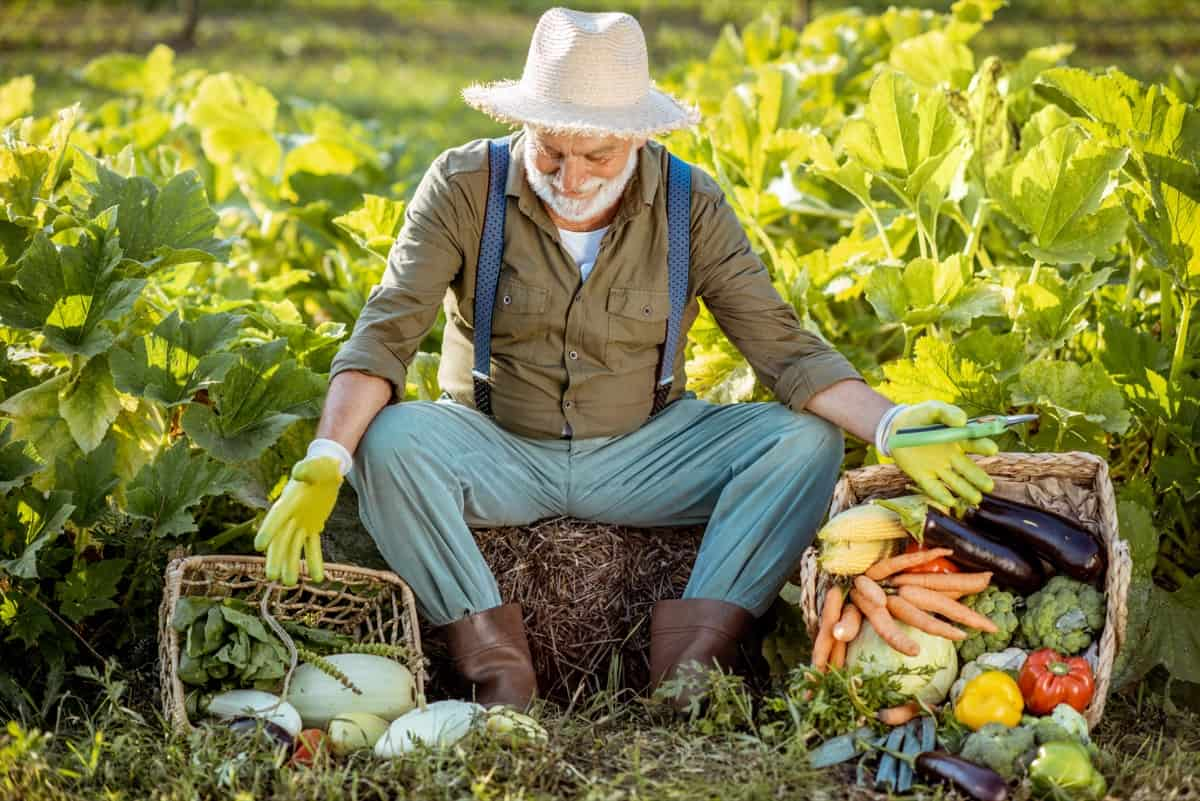When it comes to gardening in Arizona, many factors, such as the climate zones and planting dates, come into play. When should I start a vegetable garden in Arizona? This is a question asked by many beginners. The answers can vary depending on where you live in the state—be it Northern, Southern, or Central Arizona. When should I start my winter garden in Arizona? In many areas, you can grow vegetables in the winter in Arizona.

This article will guide understanding the Arizona gardening calendar, from what to plant in Arizona and when to specialized planting schedules for different counties like Maricopa and Pinal. We’ll also examine the University of Arizona planting guide for more expert tips. So, let’s get into the nitty-gritty of what vegetables grow in Arizona winter and summer.
When to Plant Vegetables in Arizona
Understanding Arizona’s Climate Zones
Arizona’s climate varies widely, with low desert areas in the south and mountainous regions in the north. Knowing your local climate zone is crucial for deciding when to plant vegetables. While Southern Arizona enjoys a hot desert climate, Northern Arizona has a much cooler climate, sometimes even snowy. Central Arizona, on the other hand, offers a mix of both. Understanding these climate zones will help you decide what to plant in Arizona and when.
Factors Affecting Vegetable Planting Dates in Arizona
Several factors influence when you should plant vegetables in Arizona. Soil temperature, daylight length, and frost dates are key elements. It’s also essential to consider the local microclimates. For example, the vegetable planting calendar for Maricopa County differs slightly from the vegetable planting calendar for Pinal County. Information from local experts and the University of Arizona planting guide can be incredibly helpful.
Planting Vegetables in Northern Arizona
Northern Arizona has a more temperate climate than the rest of the state. Late spring to early summer is an ideal time to start planting. However, the area also allows for fall planting, particularly cold-hardy vegetables. Keep an eye on frost dates and opt for vegetables like carrots, beets, and kale that can withstand cooler temperatures. What vegetables grow in Arizona winter? Winter-hardy vegetables like spinach and lettuce can be an option in Northern Arizona.
Optimal Vegetable Planting Times for Southern Arizona
Southern Arizona offers a different growing calendar due to its hot desert climate. For most vegetables, you’ll want to focus on early spring or late fall to avoid the harsh summer heat. This region allows you to take advantage of the long growing season for plants like tomatoes, peppers, and cucumbers. And yes, you can grow vegetables in the winter in Arizona, particularly in the south. Think about planting leafy greens like spinach or kale during this time.
In case you missed it: Growing Peppers in Arizona: When to Plant Bell Peppers, Hot Peppers, Banana Peppers, and Jalapenos

Vegetable Planting Schedule for Central Arizona
Central Arizona offers a blend of Northern and Southern climates, making it a versatile area for growing various vegetables. Here, consider a staggered planting approach. Early spring can accommodate vegetables like broccoli and cauliflower, while late spring is suitable for tomatoes and corn. Regarding what vegetables grow in Arizona in summer, consider sun-loving crops like okra and sweet potatoes.
Recommended Vegetables for Early Spring Planting in Arizona
For early spring, you can’t go wrong with leafy greens, radishes, and peas. These vegetables can tolerate a bit of cold and are ideal for all three regions in Arizona. If you’re referencing the Arizona gardening calendar, early spring usually falls between February and April. Consult the vegetable planting calendar for Maricopa County and Pinal County for more localized information.
Late Spring and Early Summer Vegetable Planting Guide for Arizona
Late spring and early summer in Arizona are all about heat-tolerant vegetables. This is the time to plant squash, cucumbers, and melons. In Southern Arizona, late planting can extend into early summer due to the longer growing season. Late spring plantings should be wrapped up in Northern and Central Arizona by May or early June to avoid the summer heat.
Fall Vegetable Planting Tips for Northern Arizona
When it comes to fall vegetable planting in Northern Arizona, you have plenty of options. This is a good time to start your winter garden, focusing on root vegetables like carrots and turnips. Leafy greens are also a good choice. The key is to plant enough time before the first expected frost, typically in late September or early October, to give your plants time to mature.
Ideal Fall Planting Dates for Southern Arizona
In Southern Arizona, fall is a prime season for vegetable planting due to the milder temperatures and less extreme heat than the scorching summer months. Typically, you can start planting in late August or early September, although some gardeners wait until October to ensure the summer heat has genuinely passed. During this time, leafy greens like spinach, lettuce, and kale are great choices, as they prefer cooler weather. Root vegetables like radishes and carrots, peas, and green beans also do well.
Monitoring the soil temperature and moisture levels during this time is essential, as the region can still experience dry conditions. Using mulch can help retain soil moisture, and organic compost can provide essential nutrients for growing plants. Whether you’re in Tucson or Yuma, the vegetable planting calendar for Maricopa County and Pinal County and the University of Arizona planting guide can offer more detailed advice tailored to your area.
In case you missed it: Easiest and Best Fruit Trees to Grow in Arizona: Fruit Tree Planting Calendar for Arizona Climate

When to Plant and What Vegetables to Grow in Arizona in Winter
Winter planting in Arizona is more feasible than you might think, especially in Southern and Central Arizona. Planting usually begins in late November or early December, depending on the first expected frost date. What vegetables grow in Arizona winter? Leafy greens like kale, Swiss chard, and collard are winter-hardy and can withstand cooler temperatures. Herbs such as parsley, cilantro, and dill are also good choices.
In Northern Arizona, where the climate is colder and more severe, consider planting winter vegetables in a greenhouse or using frost cloths to protect your garden. Remember that winter vegetables often require less water than those grown in other seasons, but more attention may be needed to protect them from sudden cold snaps. Relying on resources like the vegetable planting calendar for Maricopa County and Pinal County can guide you through Arizona’s winter gardening complexities.
Vegetable Planting Schedule/Calendar Table for Arizona
| Region | Early Spring (Feb – Apr) | Late Spring (May-Jun) | Summer (Jun – Aug) | Fall (Sep-Oct) | Winter (Nov – Jan) |
| Northern Arizona | Lettuce, Radishes, Peas | Tomatoes, Corn | Okra, Sweet Potatoes | Carrots, Beets, Kale | Spinach, Lettuce |
| Central Arizona | Broccoli, Cauliflower | Tomatoes, Corn | Okra, Sweet Potatoes | Spinach, Lettuce, Kale | Swiss Chard, Collard Greens |
| Southern Arizona | Spinach, Kale | Peppers, Cucumbers | Melons, Eggplants | Radishes, Green Beans | Kale, Swiss Chard |
In case you missed it: What Vegetables Grow in Arizona Summer: Heat-Tolerant Vegetables for Arizona Gardens

Conclusion
Gardening in Arizona offers year-round opportunities for planting various vegetables, from leafy greens in the winter to heat-loving crops in the summer. Whether you’re in the Northern, Central, or Southern parts of the state, understanding the climate and seasonal changes is crucial to a successful vegetable garden. You can create a tailored Arizona gardening calendar that works best for your needs and location by consulting local resources and guides. The joy of harvesting your vegetables makes all the planning and hard work worthwhile.
- Feed Your Flock for Less: Top 10 Tips to Save on Chicken Feed
- Ultimate Guide to Ossabaw Island Hog: Breeding, Raising, Diet, and Care
- Hatching Answers: The Top 10 Reasons Your Chickens Aren’t Laying Eggs
- Eggs and Economics: Breaking Down the Cost of Raising Backyard Chickens
- Defend Your Greens: Proven Methods to Keep Iguanas Out of Your Garden
- Ultimate Guide to Cinnamon Queen Chicken: A Comprehensive Guide for Beginners
- Ultimate Guide to California Tan Chicken: Breeding, Raising, Diet, Egg-Production and Care
- Ultimate Guide to Marsh Daisy Chicken: Breeding, Raising, Diet, and Care
- 10 Types of Chicken Farming Businesses You Can Start for Profits